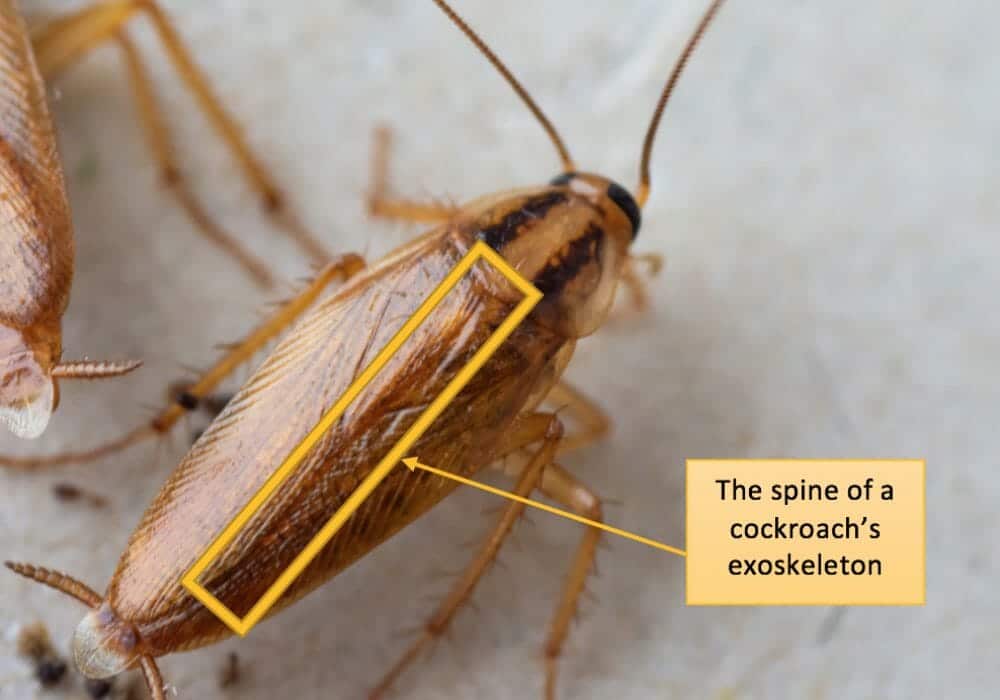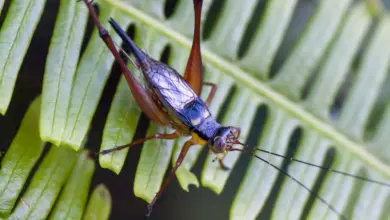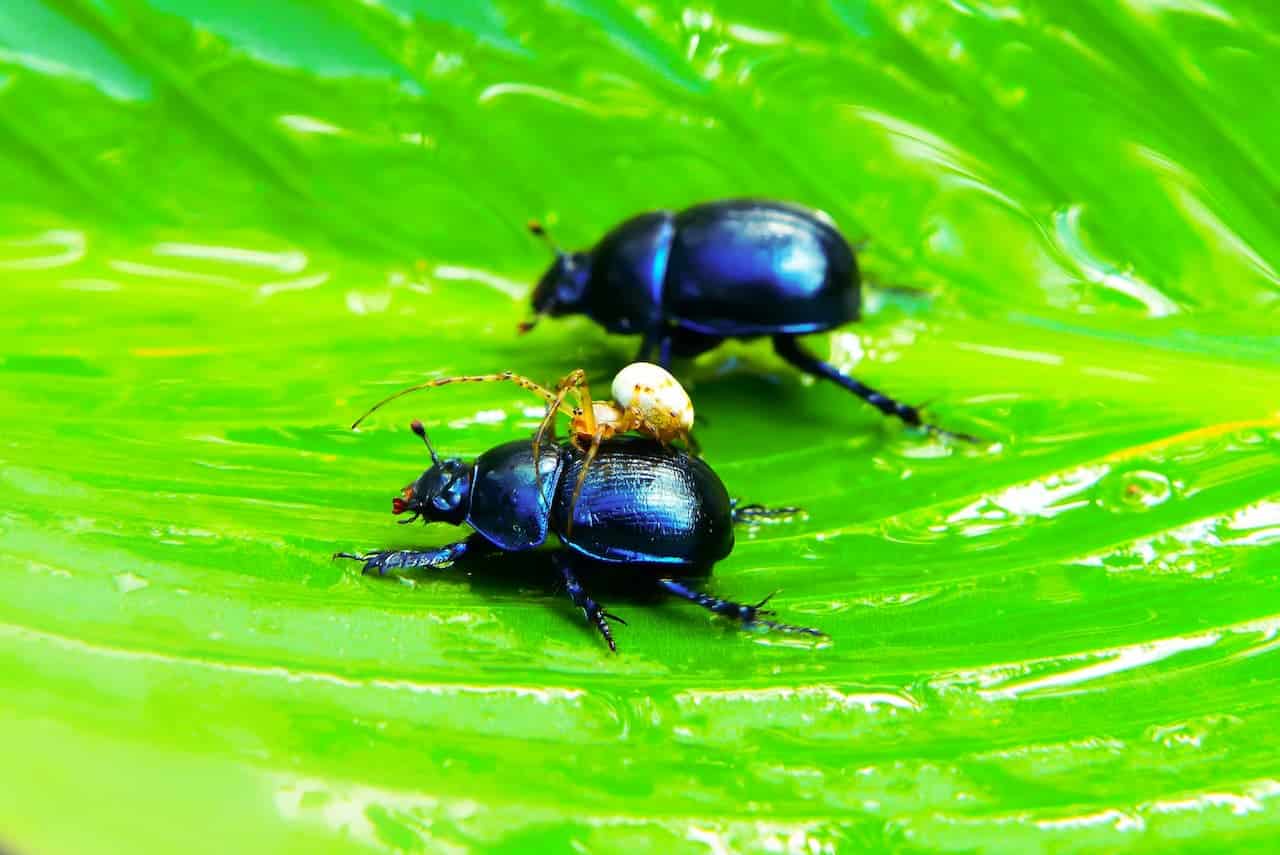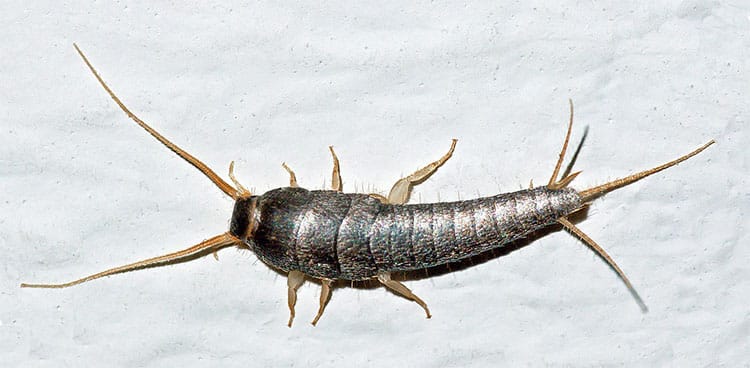Do Insects Have A Backbone: Are All Insects Invertebrates?
Do Insects Have A Backbone?
Although the animal kingdom with vertebrates dominates wild spaces worldwide, many animal species do not have a backbone or internal skeleton and are known as invertebrates.
Insects like ants, bees, and beetles have exoskeletons that give them structural support, aid movement, and provide hard protection to their internal organs.
But can insects have a backbone? Are all insects classified as invertebrates?
Confusing at first, understanding that insects are invertebrates, but not all invertebrates are insects, gives us a whole new outlook on insect evolutionary classification.
No, insect species do not have backbones as they are invertebrates. However, they have hard outer shells with spine-like features that aid their survival and day-to-day life.
Are All Insects Invertebrates?
Looking at the floor, it’s easy to assume that all the creepy crawlies seen scuttling around are insects. However, not all of these little invertebrate animals can be classified as insects and are instead known as arthropods, such as millipedes, ticks, and spiders.
Insects are, in fact, a subdivision in Arthropods phylum with specific characteristics, such as having three main body parts and antennae on their head.
Just like insects, arthropods are invertebrates. They have an exoskeleton and a segmented body, but the main difference is their joint appendages. These are what give spiders big jointed legs many people find so creepy.
Another particular difference between an arthropod and an insect depends on how many pairs of legs the animal has. For example, one of the aquatic invertebrates like crab has five pairs of legs, and spiders have four, concluding that they are arthropods.
Both arthropods and insects are invertebrates with hard exoskeletons. They just have a few subtle physical differences. But why have they evolved this hard-outer shell?
What’s An Exoskeleton?
Usually, with six legs and two antennae, an insect’s body segment is constructed of three parts: head, thorax, and abdomen.
They also have an exoskeleton, an external skeleton, that houses their sense organs for sensing light, sound, smell, temperature, and wind pressure made from chitin protein.
An insect’s exoskeleton acts as a coat of armor, and it certainly wouldn’t survive without one. Their muscles and various organs attach to the internal surface of the exoskeleton as they have no internal skeleton to support them.
With no rib cage or rigid cranium to protect vital organs, insects have evolved with a chitinous exoskeleton as their primary form of protection and survival.
Unlike mammalian species, insects do not have skin. The exoskeleton subsequently acts as a water-tight barrier against desiccation and a sensory boundary to particular environments.
As previously mentioned, it also gives them flexibility with their muscles attaching to the inner lining of the exoskeleton. To do so, the exoskeleton has developed four functional regions: epicuticle, procuticle, epidermis, and basement membrane.

The epicuticle, the outer part of the cuticle, works to reduce water loss and prevent the invasion of foreign matter.
A layer of wax molecules serves as the main barrier beneath an insect’s exoskeleton to foreign matter, just like a mammalian covering a vertebrate animal’s skeletal system.
Did you Know?
Chitin protein has a chemical formula and strength similar to keratin, the protein constructing human fingernails.
Are Insects Spineless?
Insects are invertebrates and have no backbone, but they do have spines. Are you confused yet?
Related articles:
- Bug vs Insects
- Insects with stingers with wings
- How Does An Insect Heart Work?
- Do all insects have wings
- Do Insects Feel Pain?
Unlike a human’s vertebral column, an insect’s spine is a cellular outgrowth of its exoskeleton coated in the cuticle. While growing and forming an exoskeleton, a single layer of epidermal cells secretes the cuticle that then hardens and creates a thorn-like spine.
Not just for physical support, an insect’s spine has many other uses.
Cockroaches have prehensile spines that help them grip onto surfaces and burrow into confined crevices. Their multiple spines stand at different angles, assuring maximum impact points and grip on uneven surfaces.

Defensively, insect species such as crickets and grasshoppers have spines on their backs and jointed limbs to protect them from hungry predators and other living things. The Spined spider has many red spikes on its spine to make itself look poisonous and deter predators from eating it.
Conclusion
The evidence is clear that insects are certainly invertebrates. But, it can be confusing to comprehend whether all insects are invertebrates and how they are classified.
Lacking a skeletal backbone doesn’t mean they have a soft body, insects have exoskeletons that protect their inner organs.
Interestingly, some develop spines on their exoskeleton, enhancing their defensive mechanisms and supplementing their mobility through various vegetation.
Disclaimer
Earthlife.net does not provide medical advice. We do our best to help users understand the science behind living beings; however, the content in the articles and on the website is not intended to substitute for consultation with a qualified expert. By interacting with the website and/or our email service, you agree to our disclaimer. Remember that you must consult a specialist before using any of the products or advice on the web.




